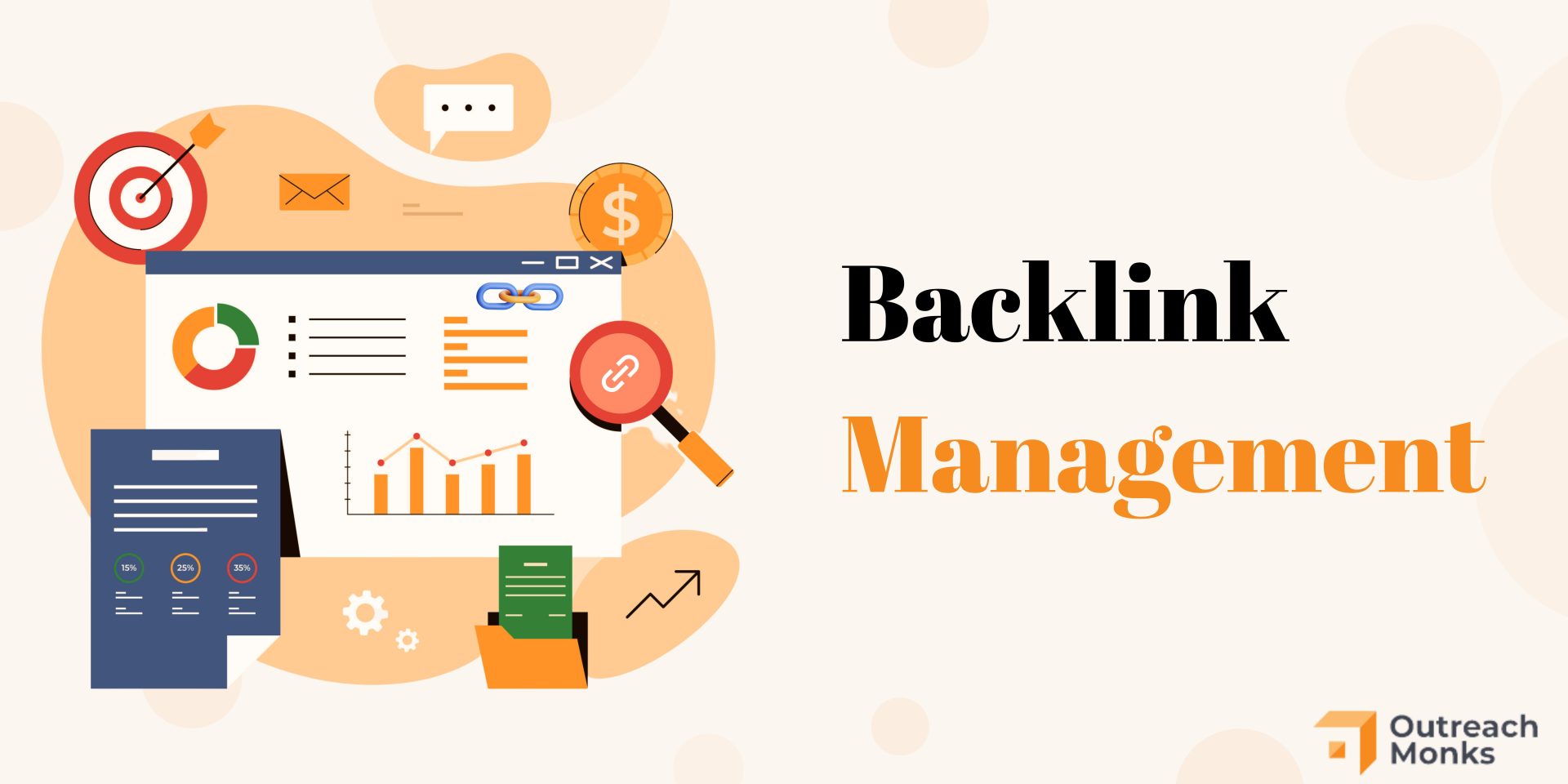MOBILE APP DEVELOPMENT TEAM Structure, Roles and Responsibility

In recent years, the mobile app market has grown at a phenomenal rate. Statista projects that the sector will bring in over $935 billion by 2023, evidence of the broad prospects it offers companies and developers alike.
The proficiency and collaboration of the development team behind a mobile application usually determines its success level in this rapidly changing market. In this blog post, we’ll discuss the specifics of mobile app development team structure, examine the important roles and responsibilities of these teams, and analyze how successful cooperation propels teams forward in this competitive market.
Mobile App Development Landscape
There are various types of applications in the mobile app development market; everyone has different demands and preferences. Mobile apps have changed several industries, putting convenience & innovation at users’ fingertips in everything from work and healthcare to gaming and entertainment.
There is a lot of competition among the millions of apps in app marketplaces. Despite the potential for reaching and engaging audiences on mobile devices, this hasn’t stopped corporations and entrepreneurs from investing money in the app development market.
The Importance of Team Structure in Mobile App Development
The foundation of each successful mobile app project is a well-organized and expert development team. By putting together the ideal mix of talent and experience, organizations may step up the development process, diminish risks, and provide high-quality apps that users will enjoy.
A streamlined team structure not only enhances communication and fosters teamwork but also empowers each team member by ensuring they are fully aware of their roles and responsibilities within the project. The key is to align the team structure with the project’s goals and specifications, regardless of the development approach used, be it agile methods like Scrum or Kanban, or traditional models like the Waterfall.
Key Roles and Responsibilities for Mobile App Development
Here are the key roles for mobile app development and the responsibilities of particular ones. Go through all roles and responsibilities for mobile app development.
Project Manager
Project management is an important part of managing the whole app development lifecycle, from conception to launch. Its role is to guarantee on-time delivery while respecting financial limitations. Project managers are in charge of organizing work, assigning resources, and creating project schedules.
UI/UX Designer
User experience (UX) and user interface (UI) designers aim to build intuitive & visually appealing interfaces that increase user engagement and satisfaction. They work to provide smooth & satisfying user experiences through user research, prototyping, and iterative design iterations.
Mobile App Developer
Programming languages like Java (for Android) and Swift (for iOS) or cross-platform frameworks like React Native or Flutter are all skills that mobile app developers possess. They use their coding creativity to make features, bring app designs to life, and maximize performance on various platforms & devices.
Quality Assurance (QA) Engineer
QA engineers are responsible for ensuring the dependability, functionality, and efficiency of mobile apps. By employing complete testing procedures, QA finds and fixes bugs, usability, and compatibility problems improving the app’s overall quality before release.
Backend Developer
Backend developers are functional when mobile apps need server-side functionality or are integrated with databases and APIs. They are responsible for developing and maintaining the server-side elements that facilitate the application’s functionality, guaranteeing scalability and flawless data interchange.
Marketing Expert
Marketing experts are essential in spreading the word about and delivering mobile apps to intended consumers, even though they aren’t necessarily members of the main development team. Their activities support the app’s visibility and performance in the marketplace by creating marketing strategies, increasing app store listings, and executing user acquisition campaigns.
Waterfall Model
The Waterfall model is a step-by-step approach to development that includes discrete stages, including requirements collecting, design, implementation, testing, and deployment. Despite providing predictability and clarity, this approach might need to be more adaptable to modifications or iterations during development.
Agile Methodology
Agile approaches such as Scrum and Kanban encourage iterative development, constant collaboration, and flexibility in responding to shifting requirements. By segmenting the project into smaller, more manageable tasks or Sprints, agile teams can deliver incremental value to stakeholders and react quickly to input.
Hybrid Approaches
Some teams blend parts of waterfall and agile approaches, customizing their approach to the project’s specific requirements. This hybrid approach combines the advantages of iterative development and structured planning with more flexibility and customization.
Effective Communication & Cooperation
Successful mobile app development requires efficient collaboration and communication regardless of the team structure used. Teams may improve transparency, alignment, and quick decision-making by holding regular stand-up meetings, conducting sprint reviews, and utilizing collaboration tools like Jira or Slack.
Promoting a culture of feedback and continual improvement is important to stimulate innovation and guarantee that the development process remains adaptable to changing customer needs and market realities.
Conclusion
The mobile app development market provides tremendous opportunities for businesses and developers to innovate and engage customers worldwide. It takes more than technological know-how to realize this potential; a well-organized team, distinct roles, and productive cooperation are also necessary. Organizations may optimize the development process, reduce risks, and produce remarkable apps that capture users and move corporate expansion by comprehending the essential roles and responsibilities within mobile app development teams and implementing suitable team structure models.
The market for mobile apps will continue to change, bringing new opportunities and challenges for developers. Hire mobile app developers who can confidently manage these shifts and build a path for long-term success by remaining agile, valuing collaboration, and prioritizing user-centric design.
We hope that this blog post has helped readers gain an important understanding of the complex world of roles, responsibilities, and team organization in mobile app development. We are always available if you have any queries or would like to share your experiences!



